Same Day Shipping EMI & COD on most products
Trusted Partner Since 1969
GST B2B Billing  Help
Help  00919699976817
00919699976817
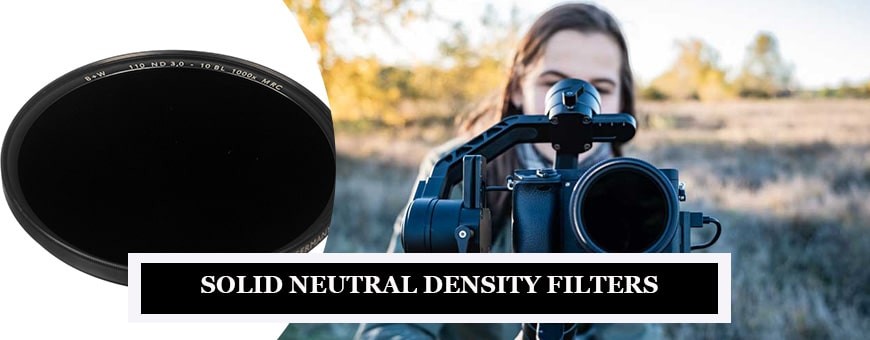
Showing 1–24 of 93 results
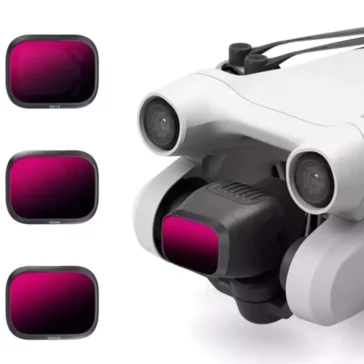
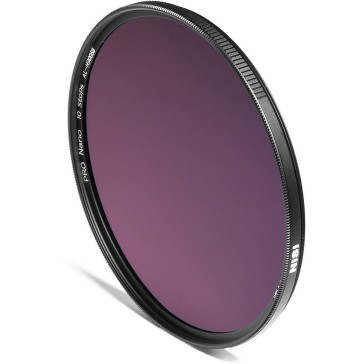
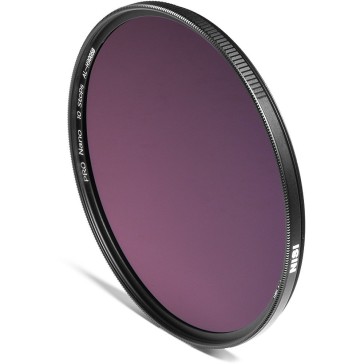
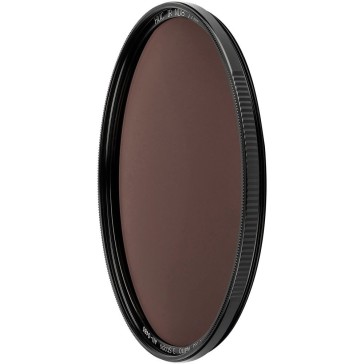
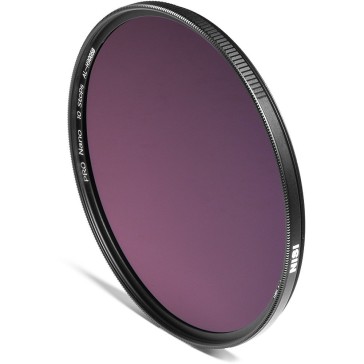
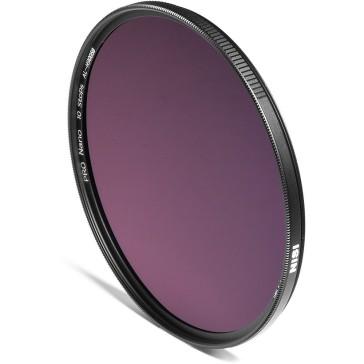
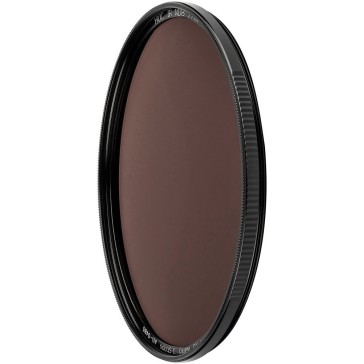
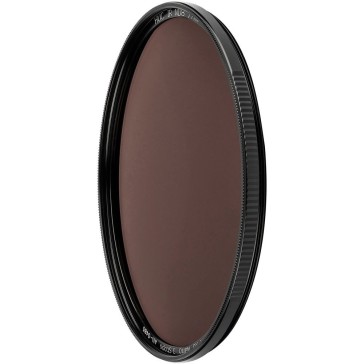

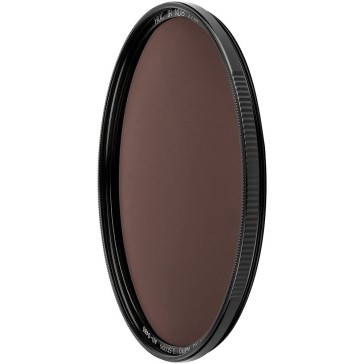
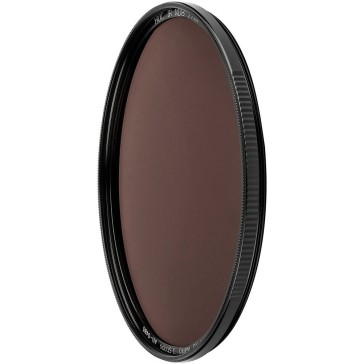
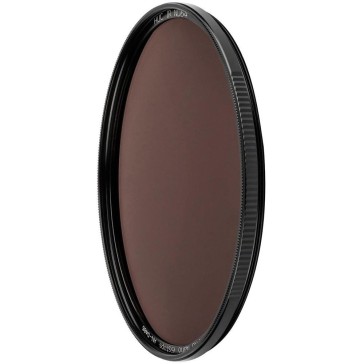
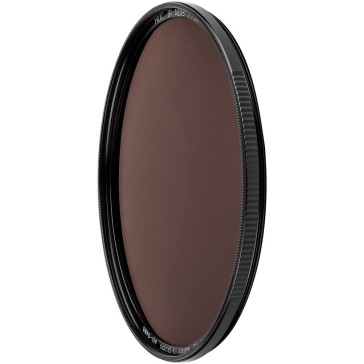
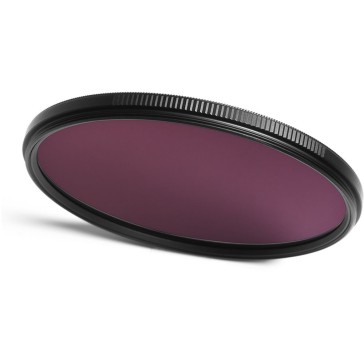
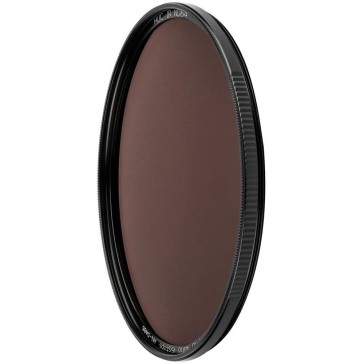
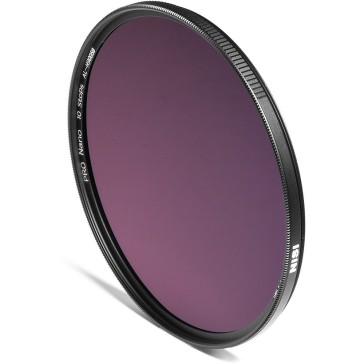
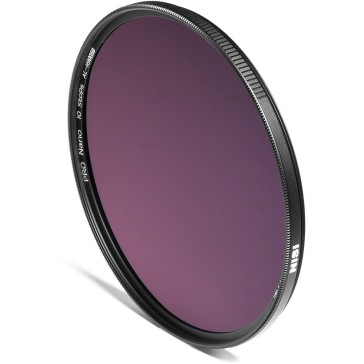
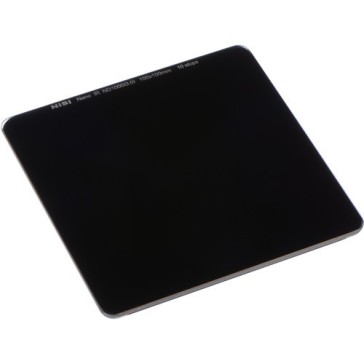
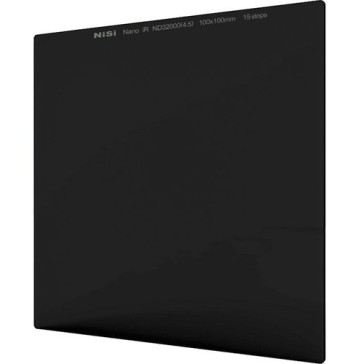
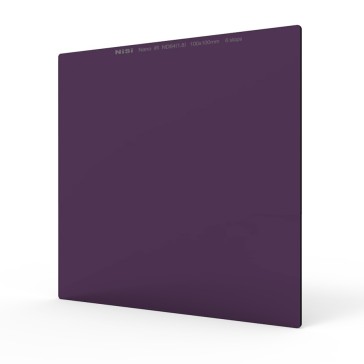

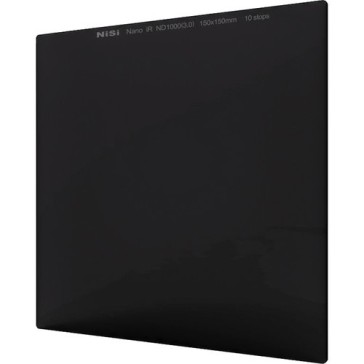
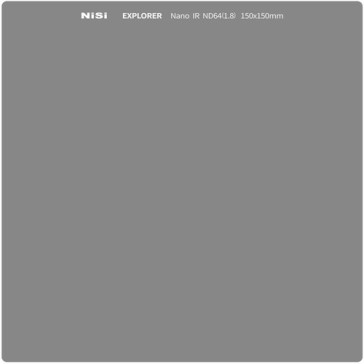
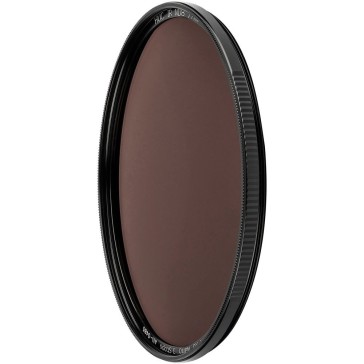
Photography Solid Density Filters: The Definitive Guide
The world of photography has evolved rapidly over the years, with technological advancements and innovative equipment reshaping the industry. Among the multitude of tools available to photographers, Photography Solid Density Filters stand out as a staple for many professionals. These filters are essential for capturing the perfect shot in challenging lighting conditions, providing more control over the exposure.
Understanding Photography Solid Density Filters
Solid Density Filters, often known as Neutral Density (ND) Filters, are gray-toned filters designed to reduce the amount of light entering the lens. Unlike gradient ND filters that have a gradual transition, solid density filters have a consistent density across the entire filter. This allows for a uniform reduction of light without altering the color or contrast of the scene.
Why Use a Solid Density Filter?
Long Exposure Shots: These filters are pivotal when aiming to capture long exposure shots during the day. They can blur moving objects, such as waterfalls or clouds, creating a dreamy effect.
Wide Aperture in Bright Conditions: Photographers who want a shallow depth of field in sunny conditions can use these filters to prevent overexposure.
Video Production: Filmmakers often use solid ND filters to maintain a cinematic look by keeping the shutter speed double the frame rate.
Choosing the Right Solid Density Filter
Solid density filters come in varying strengths, identified by their optical density or filter factor. It’s crucial to choose the right density for your specific needs:
Low Density (ND2, ND4): Suitable for slight light reduction.
Medium Density (ND8, ND16): Ideal for cloudy days or when a moderate light reduction is needed.
High Density (ND64, ND1000): Perfect for bright sunny days or for capturing long exposure shots.
Maintaining Your Solid Density Filters
Proper care ensures the longevity of your filters:
Cleaning: Use a soft lens cloth to remove dust or fingerprints.
Storage: Store in a protective case to prevent scratches.
Handling: Always handle by the edges to avoid smudges on the filter’s surface.
In Conclusion
Photography Solid Density Filters are an invaluable tool for both amateur and professional photographers. They provide the flexibility to shoot in diverse lighting conditions, ensuring that the final image or video is nothing short of perfection.
Photography Solid Density Filters, commonly known as Neutral Density (ND) Filters, are primarily used for three main purposes. Firstly, they’re essential for capturing long exposure shots in daylight, enabling photographers to create mesmerizing effects with moving elements like water or clouds. Secondly, they allow photographers to shoot with a wide aperture in bright conditions without overexposing the shot, ensuring a beautiful, shallow depth of field. Lastly, in the realm of video production, filmmakers use solid ND filters to maintain the desired shutter speed, typically double the frame rate, to achieve a cinematic appearance.
Solid Density Filters and Gradient ND Filters both belong to the Neutral Density Filter family, but they serve different purposes. A Solid Density Filter has a uniform density throughout, meaning it reduces light equally across the entire image. On the other hand, Gradient ND Filters have a gradual transition from clear to a darker tone. This design is particularly useful for scenes where one part (like the sky) is brighter than the rest, allowing for balanced exposure.
Choosing the right density for your Solid Density Filter depends on your specific needs and the lighting conditions. Lower densities like ND2 and ND4 provide a slight reduction in light, making them suitable for overcast days or subtle effects. Medium densities such as ND8 and ND16 are ideal for partly cloudy days or when there’s a need for moderate light reduction. For bright, sunny days or when aiming for a long exposure shot, high densities like ND64 or ND1000 are the go-to choice.
Quality Solid Density Filters are designed to reduce light intensity without impacting the color or contrast of the image. They are neutral in color, ensuring that there is no color cast introduced into the photograph. However, it’s crucial to invest in reputable filters, as low-quality ND filters might introduce unwanted color shifts or reduce image sharpness. Always do your research and opt for well-reviewed products to maintain the integrity of your photographs.



Most units are shipped same day using professional courier services with tracking.
We work round the clock to ensure you get the highest level of customer satisfaction.
Well packed, Sealed Units are shipped from our warehouse which are waterpoof & sturdy.
Design Info
GST: 27AYUPJ2628P1ZK
No.1, Saremals, Shastri Hall Building,
Nana Chowk, Grant Road West,
Mumbai 400007, Maharashtra, India
New Delhi Branch – South Ex 2, 110049
Also Ships DAILY from Brisbane, Dubai,
Berlin, Barcelona, Detroit & Vancouver.
Connect online / schedule a demo
Call/WhatsApp: +91-9699976817
Email: [email protected]
Live Chat: Business Hours
Follow Us: @designinfo.in
Copyright © 2014-2022 Design Info All Rights Reserved. Feedback on web experience
Since 1969